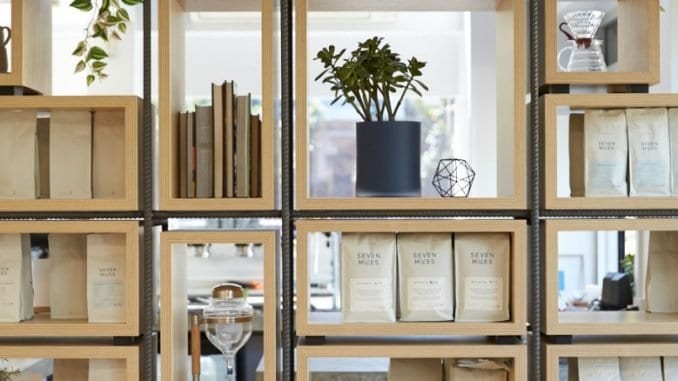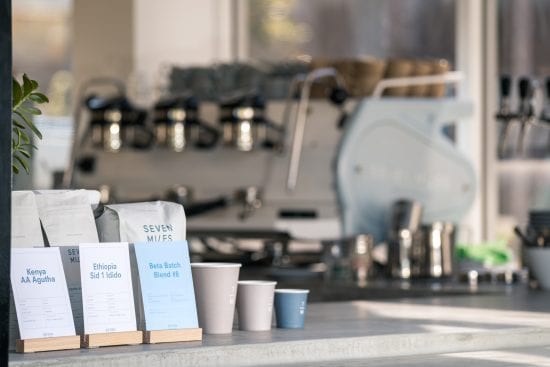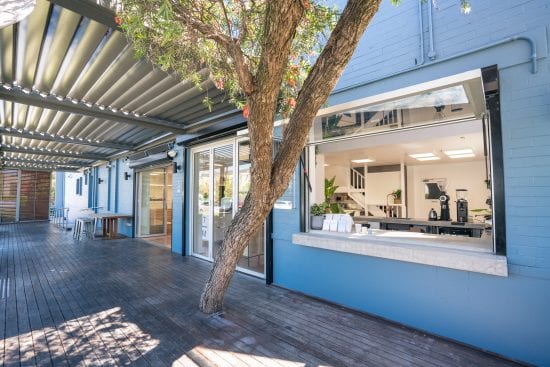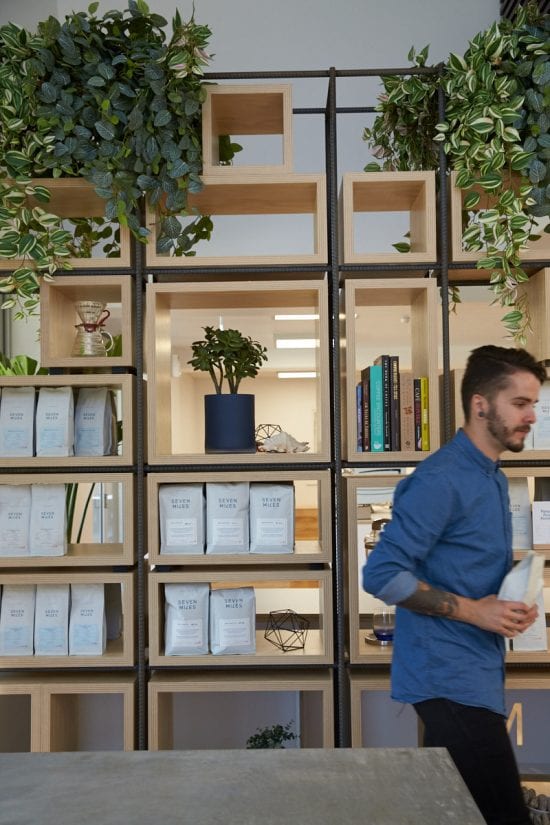
Seven Miles Coffee in Sydney recently published its findings on the relationship between coffee packaging and freshness. One takeaway: You may be able to hold onto a bag of beans a lot longer than you thought.
BY ASHLEY RODRIGUEZ
BARISTA MAGAZINE ONLINE
Photos courtesy of Seven Miles Coffee
Seven Miles Coffee, a roaster based out of Sydney but with microroasteries all across Australia, recently published an editorial on their website about coffee packaging and freshness. In the blog post, Adam Carr, coffee science and education centre manager at Seven Miles, breaks down the differences between nitrogen-flushed packaging and standard (non-gas-flushed) packaging.
Gas-flushing means injecting a bag of coffee with an inert gas (a gas that is generally non-reactive and can prevent chemical reactions) like nitrogen to halt the staling process, which happens when oxygen and water are present around coffee, and was an established concept at Seven Miles before this experiment. “Before working on the project, we understood the general effects of different packaging types and gas flushing, but we didn’t have systematically derived data that informed us on when was best to drink it,” Adam shares. “For the most part, to ensure a consistently shelf-stable product, we gas-flush (i.e., infuse pure nitrogen/inert gas) all of our coffees, with a couple of exceptions. We’ve done this for a long time.”

The Seven Miles team decided to put their hypothesis to the test because they wanted to ensure the practice of gas flushing was actually making a difference. “We wanted to be able to help provide our customers clarity on best practice and to back this up with evidence. Further, we are dedicated to providing the best possible coffee quality to our customers. So, if we found that changes needed to be made to our operations (e.g., holding time within the warehouse) based on the findings of studies like this, well, then it needed to be changed,” Adam shares.
Testing was done over eight weeks, and the published findings are part of a larger series about coffee chemistry and aging that Seven Miles hopes to release in the next few months in partnership with the Coffee Science and Education Centre (CSEC), a coffee research center started by Seven Miles. “We planned our experiments to observe quantifiable and qualitative changes to three different coffees over time: a light roast blend, a medium roast blend, and a dark roast blend,” the website describes about their experimental design. “These coffees were all roasted on the same day with the same environmental background conditions. We observed the difference between gas flushed (2 parts per hundred [pph] oxygen) and non-gas flushed products (21pph). The coffees were tasted at increments of 1,2,4 and 8 weeks of shelf life.” Five Q-Graders were brought in to determine the acceptability of flavors, when the coffee had staled, and to determine peak freshness.

As expected, the coffees that were gas-flushed stayed fresher longer. While the non-gas-flushed coffees reached peak flavor at around 1.5 weeks, the gas-flushed coffees stayed consistently good throughout the entire testing duration of eight weeks, tasting harsh only for the first two weeks after packaging. “If your coffee is gas flushed, your coffee will stay fresh for over eight weeks. At no point did the quality decrease over the tested timeframe—in fact it only ever increased (if only slightly), indicating that the coffee is likely to be good for longer than this,” the results state.
Some of these results might seem obvious, and Adam notes that these results are generally unsurprising, but this experiment highlights the amount of misinformation and lack of scientific inquiry that exists around coffee data. “Over the years, we heard lots of conflicting information about the optimum drinking age of coffee. Some were encouraging us to age the coffee six to eight weeks before opening the bag, some recommending using it two days, five, or 14 after the roast date,” Adam said. “Rarely did we ever hear these recommendations in combination with a packing method (i.e., gas flushed, manually sealed with no flushing, or other types). Some of these recommendations eventually flowed through to our own baristas and training staff, so we had conflicting information going out to customers.”

Adam is excited to apply the knowledge from these experiments into Seven Miles’ coffee program, but he also says he is left with more questions than he started with. “We’re hungry for knowledge, so we’re hoping in the near future to answer these questions and develop weird and wonderful technologies to improve our quality assurance and storage methods,” he says. And Seven Miles plans to continue sharing the results of their experiments in order to encourage others to push for more data and to generally make coffee better for everyone. “We also believe it’s important to share knowledge with the coffee community as a whole … getting involved in these kinds of discussions hones our collective knowledge about what does and doesn’t work. It can also serve to point out flaws in logic and understanding (on either side!), which ultimately can be learned from and built upon.”
You can check out the original editorial and keep up with editorials from Seven Miles by visiting their website.

